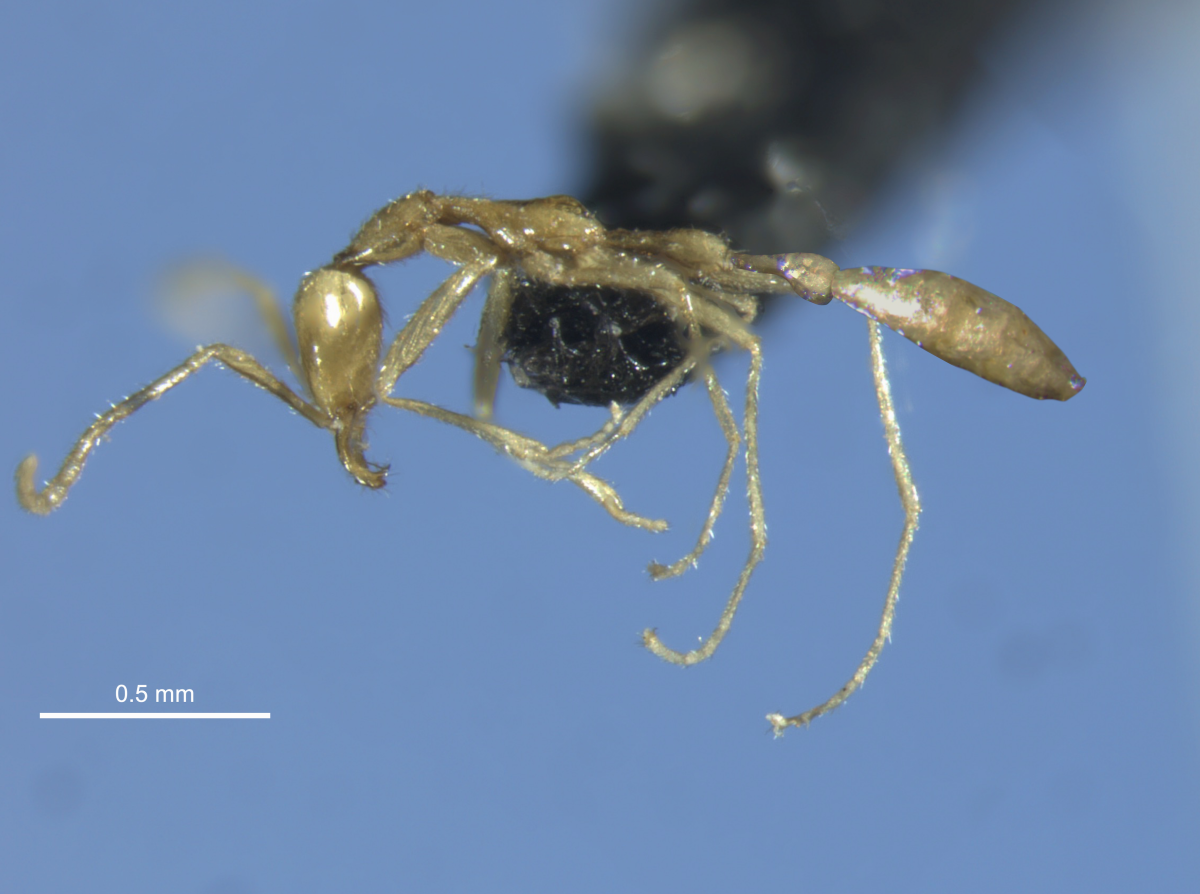A newly discovered ant species detailed in a ZooKeys study shares several characteristics with a well-known Harry Potter villain, the source of its namesake.
The Leptanilla voldemort ant was discovered in early March by Dr. Mark Wong of the University of Western Australia. Two of the ants were discovered when Wong and his team of researchers were drilling in Australia. Researchers found the ants living deep underground after drilling an 80-foot-deep hole to extract them. The ant is part of the Leptanilla genus, a rare type of ant that encompasses only 60 species.
According to Wong, the ant shares several characteristics with Lord Voldemort—the main antagonist in the popular Harry Potter series. Throughout the series, Lord Voldemort—also referred to as You Know Who, The Dark Lord and He Who Must Not Be Named—is a dark wizard who tries to smite young wizard Harry Potter, who ventures through various quests with his two best friends, Ron Weasley and Hermione Granger.

In the movies, Lord Voldemort, portrayed by Ralph Fiennes, is depicted as pale with spindly limbs and an evil streak. The newly discovered ant lives exclusively underground, according to Wong, and has pale features.
Wong called the ant "ghostly" in an ABC Pilbara report.
"The body of the ant was pale, unusually slender, and it had long legs that were thin and spindly. The ant also had sharp, long mandibles (jaws), suggesting it could very well be a fierce predator," Wong told Newsweek. "The ant's appearance, predatory nature, and its dark, underground habitat reminded me of Lord Voldemort, the slender and pale villain from the Harry Potter books I read in my youth, who also lived in the shadows and was sometimes called the 'Dark Lord'."
Considering the Leptanilla genus' rare nature, Wong said the new species will help researchers learn more about Leptanilla ants.
"Documenting the diversity of these and other ants that live underground is the next frontier in myrmecology," he said in the ABC Pilbara report.
Wong told Newsweek that he plans to "continue investigating ant diversity and documenting new species."
"I also research the human-mediated spread of non-native ants around the world and the impacts of invasive species; I've also just published a global study showing that there are more insects out at night," Wong said.
Another new species—although this one extinct—was recently discovered in Australia. A team of researchers identified three new extinct species of giant kangaroos after examining fossils from Australia. The largest of the kangaroos—the Protemnodon viator—was double the size of today's red kangaroos, which can reach 6 feet in height. The research team is preparing to head to Papua New Guinea to "search for fossils of the early species of Protemnodon and other animals that lived alongside them," according to co-author Gavin Prideaux.
Update 4/17/24, 1:43 p.m. Eastern Time: This article was updated with additional information.
Uncommon Knowledge
Newsweek is committed to challenging conventional wisdom and finding connections in the search for common ground.
Newsweek is committed to challenging conventional wisdom and finding connections in the search for common ground.
About the writer
Anna Skinner is a Newsweek senior reporter based in Indianapolis. Her focus is reporting on the climate, environment and weather ... Read more
To read how Newsweek uses AI as a newsroom tool, Click here.








